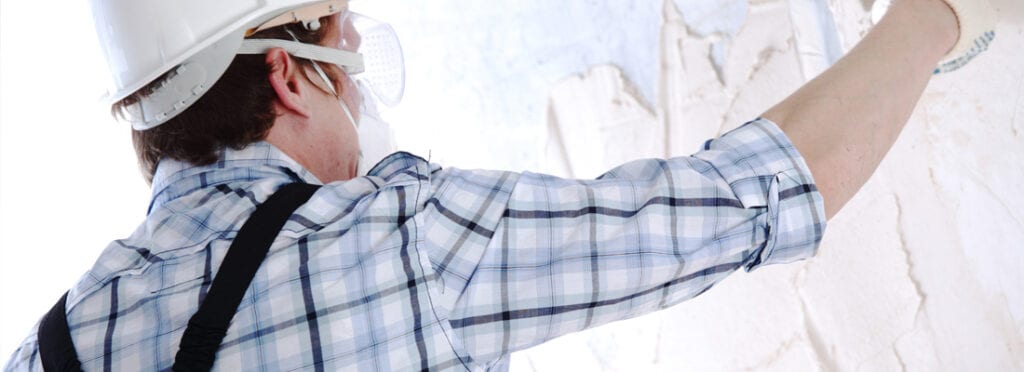What is elastomeric paint?
If you have been looking for a paint that forms a barrier against moisture, then elastomeric paint is definitely the one you should consider. Elastomeric paint is a coating specifically made to protect masonry surfaces. Like other paints, it is applied in liquid form, which then hardens into a flexible, watertight covering. This paint can stretch and return to its original form without causing damage if applied correctly.
Do I Have To Prime Before Painting?

Benefits of using elastomeric paint
Watertight
One of the best reasons to use elastomeric paint is that it places a secure coating on the surface you are painting. This coating creates a barrier so that moisture is unable to penetrate the walls. This will work well on surfaces such as masonry, stucco, poured concrete, roofs, bricks, wood, and metal.
Long-lasting
The strong makeup of elastomeric paint gives it much more longevity than ordinary paints. It will last upwards of ten years when applied properly.
Bendable
Elastomeric paint is made up of a stretchy material. It can move with whatever structure it is placed on. This means it can shift with a wall or roof from the changes associated with climate changes.
Density
This paint can be up to ten times thicker than your regular paint and it shows in the end result.
Protects
Strong rains driven by the wind can often harm paint coatings. Elastomeric paint is made to weather these storms far better than your conventional paint.
Although elastomeric paints have several benefits, it’s not always necessary to use when painting your home. Here are some examples of when this is the case.
- If you aren’t concerned with waterproofing your stucco, using a masonry primer and a double coat of quality paint will give you great results at a lower price.
- Electromeric paint is a high build paint. If you already have multiple coats of paint on your stucco, adding an elastomeric coating could prove too heavy and pull away from the stucco.
- If your home currently has a quality coating and your paint job is in good condition, regular exterior house paint can do the trick.
Drawbacks to be aware of
There are a few negatives with using elastomeric paint or coating. The first being that it is expensive. It may cost up to 50% more than your regular paint but it does cover much more effectively. Since elastomeric paint is very different then your standard paint, it can be more difficult to work with. If not applied correctly it can also leave you with unwanted lumps in your finish.
How Long Should you Wait Between Coats of Paint?
What paint is the best for stucco?
Everyone has their own opinion about what paint is best to use on stucco. But, it is important to remember that there is more than only one that will work well.
There are three main types of paints that we recommend for stucco.
1. Acrylic Paint
2. Masonry paint
3. Elastomeric Paint
Stucco requires paint that is able to expand and contract. Also, it should be extremely durable, mildew and dirt resistant, waterproof, and have good elasticity to help resist cracking.
We do not recommend any oil-based paints for stucco walls!
If you live in or near the Sacramento area and are going to be taking on a painting project, give our painting experts at PaintRite Pros a call or click here for a free estimate. Our friendly team of painters will be happy to answer any questions you may have. We also offer free color consultations. Let our years of experience go to work for you. We serve Woodland, Folsom, El Dorado Hills, Stockton, and more! We even have fluent Spanish speakers if you or someone you know needs it! Or if you live in the Boise area, we know some great painters out there too!
Best Interior Paint Colors for Selling a House

